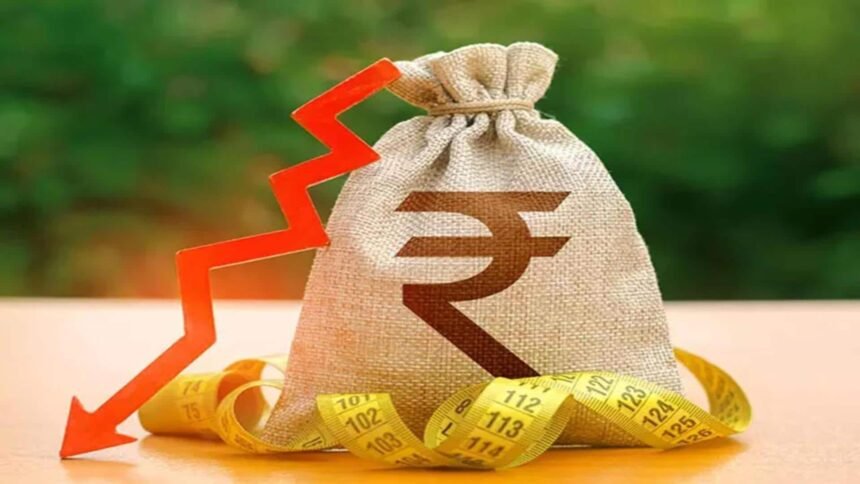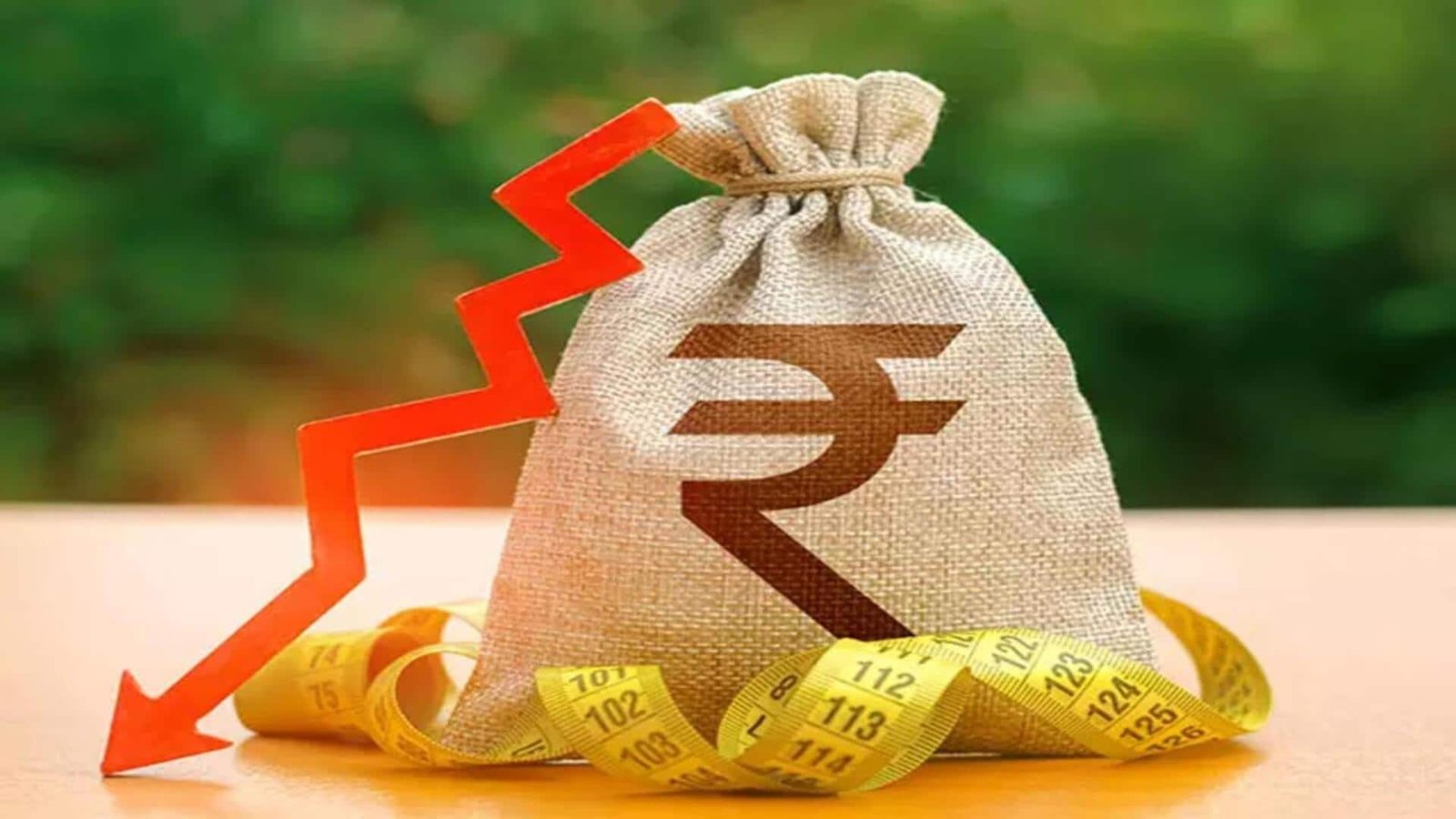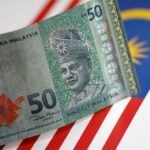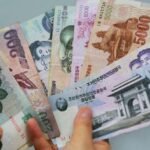What’s the story
The Indian Rupee (INR) has experienced a significant depreciation compared to other Asian currencies in the current fiscal year (FY).
This downward trend is primarily due to a high demand for US Dollar from importers and withdrawals from domestic equities.
Kunal Sodhani, Vice President of Shinhan Bank, confirmed that the Rupee has depreciated by 0.60% within this period due to these factors.
Equity outflows and dollar demand impact rupee’s value
Sodhani highlighted that strong Dollar demand from importers and equity outflows have negatively impacted the Rupee.
He revealed that there have been approximately $2 billion worth of outflows from domestic equity markets in August alone.
Bloomberg data supports this claim, showing a depreciation of 0.51% for the Rupee since April 1, equivalent to a loss of around 50 paise.
Rupee’s performance compared to other Asian currencies
During the same period, the Philippine Peso also depreciated but only by 0.20%.
On the other hand, the Malaysian Ringgit emerged as the top performer among Asian currencies with an appreciation of 8.20% since the start of this FY.
Other currencies that experienced growth include Thai Baht (7.43%), Japanese Yen (5.21%), Singapore Dollar (3.73%), and Indonesian Rupiah (2.90%).
Factors contributing to record-low levels
Aditi Gupta, an economist at Bank of Baroda, attributed the Rupee’s fall to record-low levels to global financial market turmoil caused by the unwinding of carry trade. This has affected many emerging market currencies.
“While most other currencies have since recouped their losses, the INR seems to have been stuck at the same levels,” she said.
RBI’s intervention and future projections for Rupee
To curb excessive volatility, the Reserve Bank of India (RBI) has stepped in.
Anil Kumar Bhansali, head of treasury and executive director at Finrex Treasury Advisors LLP, confirmed that the RBI has been intervening at 83.97 to limit depreciation.
On August 25, the INR traded at ₹83.84 against the US Dollar.
Looking ahead, currency experts predict that it will trade within a range of ₹83.50-₹84.50 against the US Dollar by year-end.






















